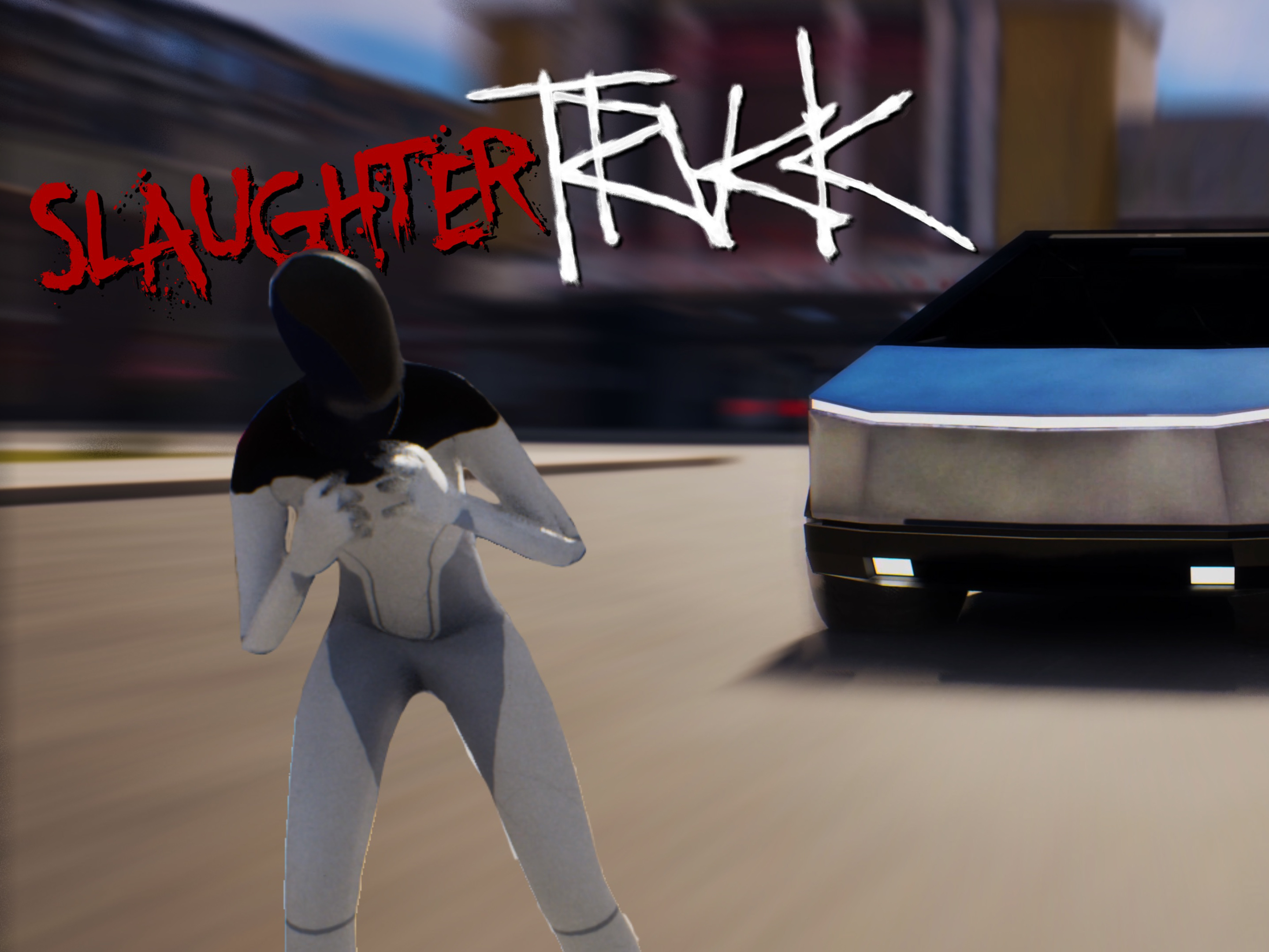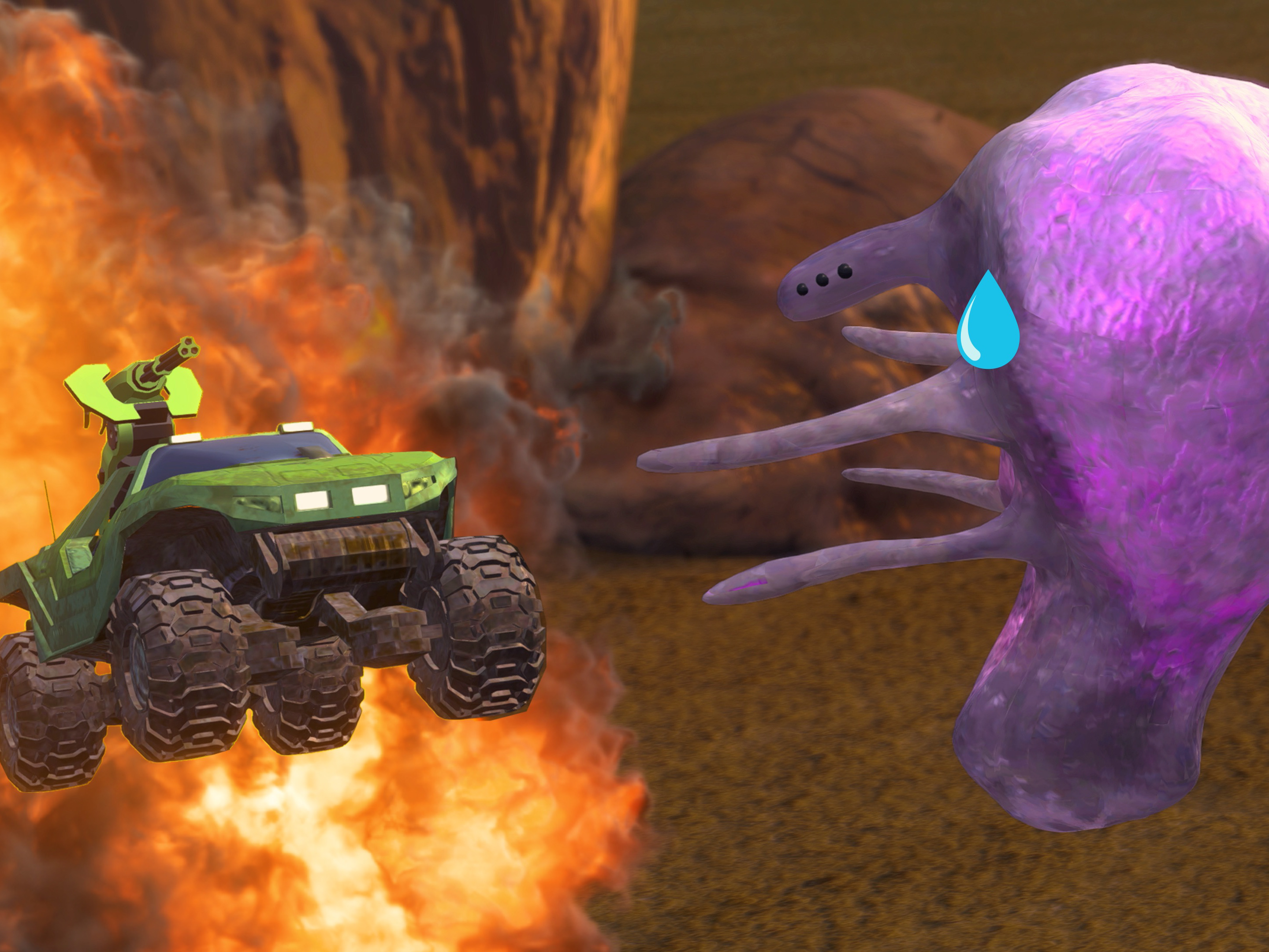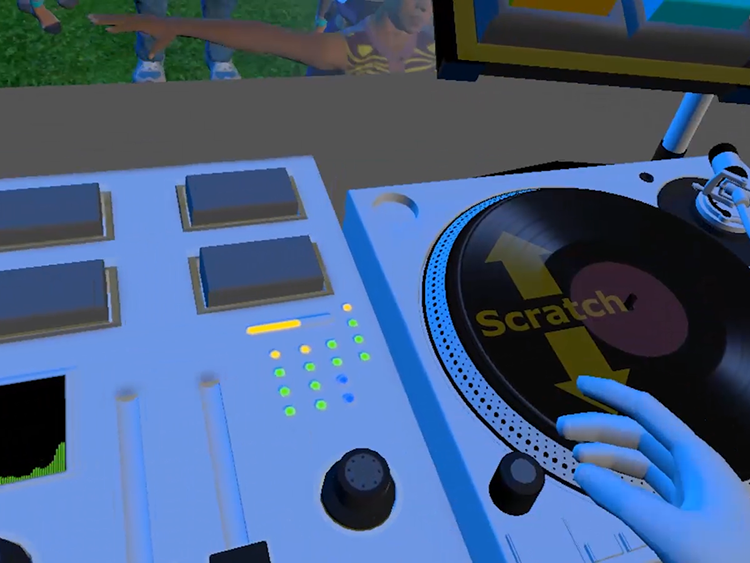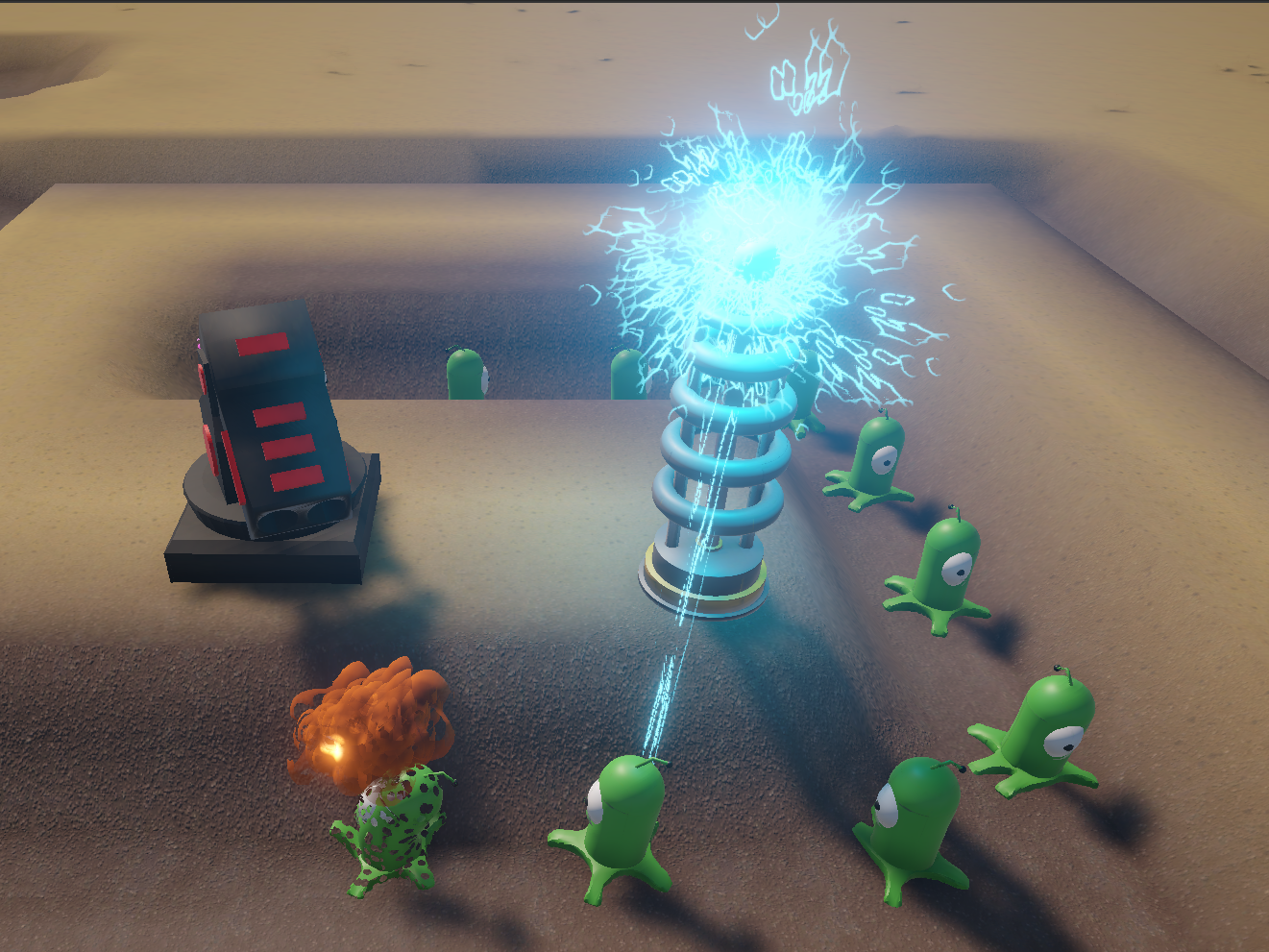As a VFX Artist on PGA TOUR 2K25, I was responsible for crafting environmental effects that were both visually compelling and highly performant. One of my primary focuses was overhauling the water and shoreline effects across several courses.
Hole 7 at Pebble Beach — one of the most iconic scenes in all of golf — required reimagining the existing wave effect. My task was to improve its visual fidelity while reducing its performance cost.
To achieve this, I created a series of fluid simulations, each baked into 2K textures designed to seamlessly tile and loop. I then built a custom flipbook shader in Unity to display and tile these simulations while feathering their edges for a natural blend. This system allowed us to “paint” dynamic foam effects around rocks and shorelines in a modular, optimized way.
The overall visual improvement to the game did not go unnoticed by fans, such as Seamont4Life on Twitter, who took the below comparison screenshots. Huge shoutout to him for hyping up our game!




I was tasked with reworking the water splash effect that plays when the player’s ball lands in water. In PGA TOUR 2K23, this effect was a simple flat ripple particle system. The challenge was to create a visually richer splash effect while working with a very tight memory budget — under 1MB.
I adopted a modular approach to maximize visual quality within this constraint. First, I created a flat flipbook texture to represent the foam churning on the water’s surface, mainly visible from a top-down perspective. Then, I modeled multiple low-poly 3D meshes that could be combined to approximate the shape of a Worthington jet splash.
During gameplay, these foam flipbooks and 3D mesh instances are dynamically combined based on the impact strength of the ball hitting the water. The meshes are animated to squash and stretch like a splash would. The result is a splash effect that looks dynamic and believable from multiple angles, all while staying within strict resource limits.
Here is a clip from the trailer that highlights my splash effect








